The restoration of the imperial idea in Stalin’s USSR
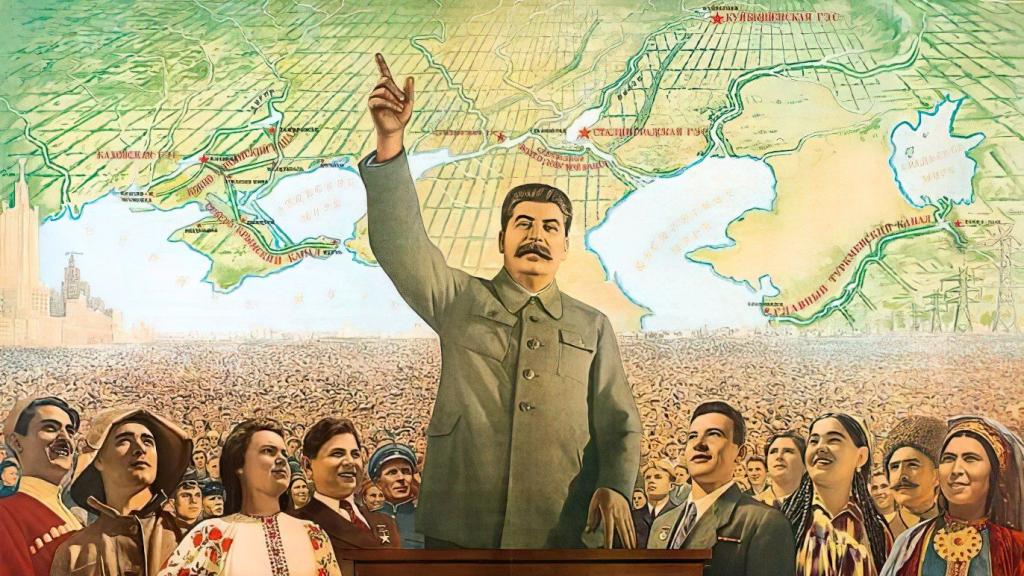
First published at September where a version of a series of photos can be found. Translation and introduction by Andriy Movchan.
Quite a lot of Russians, including President Vladimir Putin, even though outspoken opponents of the ideas of socialism, nevertheless regard the collapse of the Soviet Union as a personal tragedy. For them, it represented national humiliation for Russia and a chain of major territorial losses. They see in the Soviet project a kind of continuation of, in Putin’s own words, “the thousand-year Russian statehood.” But how did it happen that the revolution that destroyed the Russian Empire, aka the “Prison-house of Nations”, gave rise to a project, certain features of which evoke feelings of nostalgia and revanchism among highly reactionary Russian chauvinists? We publish an excerpt from Marxist historian Vadim Rogovin's book “Stalin's neo-NEP”, in which he describes the transition from the revolutionary deconstruction of the imperial legacy in the early Soviet years to its partial revival in the 1930s. Perhaps it was precisely these changes in the Soviet state that led many to consider it the “same Russia under a different name” and, after its collapse, encouraged the elites of already capitalist Russia to unleash a war to “gather together Russian lands”.
While dogmatizing some Marxist formulae, Stalin simultaneously falsified Marxism, effectively rejecting its basic principles: social equality, humanism, and internationalism. [...] The internationalist doctrine of Marxism suffered the most ruthless annihilation in Stalin's ideology. To fill the resulting ideological vacuum, Stalin orientated his propaganda machine to appeal to the national-state stereotypes rooted in mass consciousness.
Having decided to place his stake in the war that was forthcoming not on revolutionary internationalism, but on national-patriotic sentiments, Stalin gradually shifted the emphasis in the narratives of the history of the Russian Empire. As in all other spheres of ideological life, he was moving along a contradictory and winding path, unembarrassed by the striking contradiction between the new formulae and his earlier interpretations of Russian history. Whereas in 1931, justifying the need for forced industrialization, he argued that “old Russia” had been “continuously beaten for its backwardness” [1], now the emphasis was shifted to praising the victories of Tsarist Russia, including its aggressive, unjust wars of conquest.
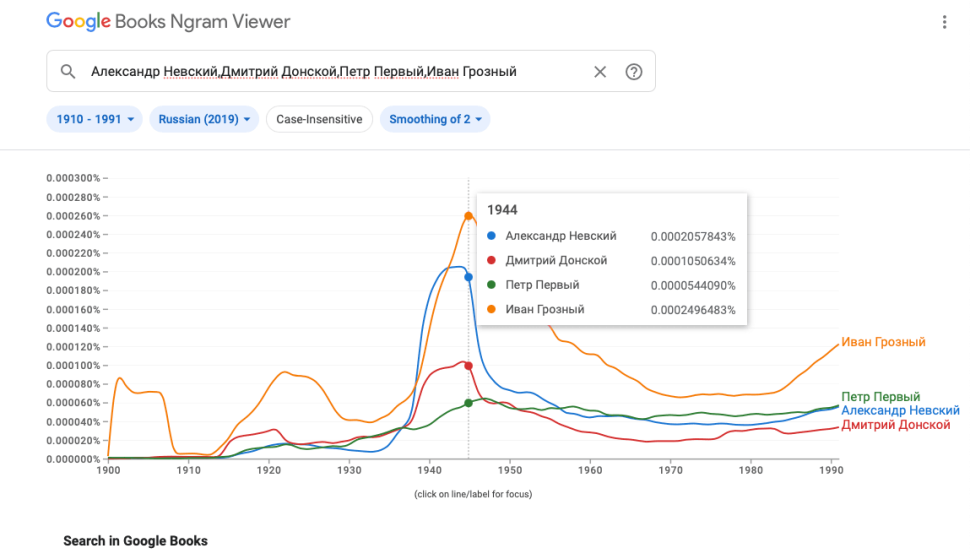
In the remarks given by Stalin, Kirov, and Zhdanov on the synopsis of the textbook on the history of the USSR (1934), the traditional Bolshevik formulas still prevailed—with regard to the influence of Western European revolutionary movements on the emergence of the democratic and socialist movements in Russia, the annexationist-colonizing role of Russian Tsarism (“Tsarism is the prison-house of the peoples”) and its counter-revolutionary role in the international arena (“Tsarism as an international gendarme”) [2]. However, during further work on history textbooks, the requirements changed decisively. At the final meeting of the school history textbook competition jury (January 1937), the People's Commissar of Education Andrey Bubnov reported on Stalin's new guidelines, according to which Ukraine's accession to Russia was to be seen as the result of the “right” choice of the Ukrainian people in joining the “co-religionist Moscow state” (the inevitable alternative to this process was declared to be Ukraine's accession to Catholic Poland or its absorption by Muslim Turkey) [3]. Precisely at that time, the thesis of voluntary accession of all nations and nationalities to Russia took root in Soviet historiography. The accession of Ukraine, Georgia, and other countries to the Russian Empire began to be interpreted first as the “lesser evil” (compared to their possible unification with any other state), and then as an absolute boon for the peoples of these countries.
The new history textbooks asserted the progressive nature of all the conquests of Tsarist Russia, reviving the cult of the Russian princes Alexander Nevsky, Dmitry Donskoy, and the Tsarist warlords of the eighteenth and nineteenth centuries. A positive evaluation was given to the activities of Ivan the Terrible and Peter the Great, whose significance was seen in the establishment of a strong centralized power and the expansion of the borders of the Russian Empire. Such formulas as “the great Russian people”, “the first among equals”, “the elder brother”, etc. gained wide circulation. From this point only one step was left to Stalin's 1945 proclamation of the Russian people as “the most outstanding of all the nations that constitute the Soviet Union”, “the guiding force of the Soviet Union among all the peoples of our country” [4].

An ideological campaign launched against the oldest Bolshevik historian Mikhail Pokrovsky and his school, regarded for many years as the leading branch of Soviet historical science, should also be seen in the context of this exaltation of the old statehood.
Pokrovsky was the head of the largest Marxist scientific institutions—the Communist Academy and Institute of Red Professorship—and the chairman of the Society of Marxist Historians. In 1928 his sixtieth jubilee was solemnly celebrated. Four years later, in the obituary published by “Pravda”, Pokrovsky was called "a world-famous Communist scholar, the most prominent organizer and leader of our theoretical front, a tireless propagandist of Marxist-Leninist ideas" [5]. This reputation remained with him until January 1936 when at a meeting of the Central Committee and the Council of People's Commissars’ commission on history textbooks Bukharin and Radek were instructed to write articles about the mistakes of Pokrovsky's historical school. According to Anna Larina's testimony, Stalin personally demanded from Bukharin that his article should be of a "devastating" nature [6].
On January 27, 1936, the main newspapers published a statement about the decree "On History Textbooks" adopted the day before by the Central Committee and the Council of People's Commissars (the text had been written by Zhdanov and edited by Stalin, who introduced several formulations that toughened criticism of Pokrovsky). The same day “Pravda” published Radek's article “The importance of history for the revolutionary proletariat”, while “Izvestiya” published Bukharin's article “Do we need a Marxist historical science (on some fundamental but untenable views of M. N. Pokrovsky)”.
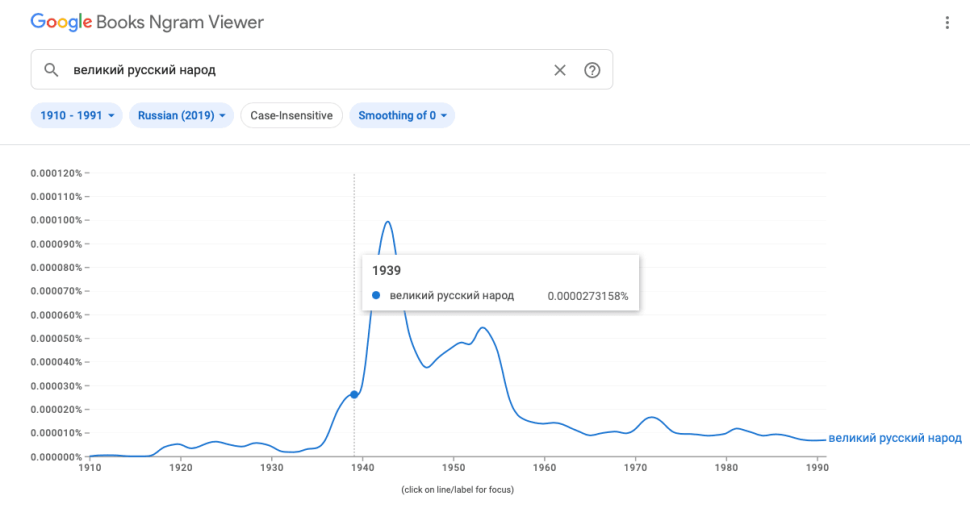
After these first "signals" a severe criticism of Pokrovsky's works and those of his students broke out. Its nature can be seen from the speech of the executive editor of the "Historical Journal" Olga Weiland, who repented that the journal had not exposed "the sabotage of Pokrovsky's school", expressed in "silencing the aspiration of the Ukrainian masses [in the XVII century] to be united with Russian laborers for the struggle against the Poles. This was done quite consciously by the enemies of the people." [7]
Trotsky explained the defamation campaign, which ended with the release in 1939-1940 of two collections "Against the historical concept of M. N. Pokrovsky", by the fact that Pokrovsky "wasn't sufficiently respectful of the past history of Russia" [8]. Konstantin Simonov wrote the same thing, but with a clear Stalinist tinge, in the 1970s: "Pokrovsky was rejected ... because it was necessary to emphasize the power and significance of national feeling in history, and thus in modernity."
The meaning of the appeal to national-historical traditions, especially military ones, was even more accurately grasped in the 1930s by Georgy Fedotov, who wrote that the ruling stratum of the USSR was "hastily forging a national consciousness". Assessing this process "as a national rebirth of the revolution, as its sublimation", Fedotov emphasized that the newly legitimized patriotism included "imperial Russian but not people’s Russian consciousness", since it was "easier for the group in power to adopt the imperialist style of the Empire than the ethical precept of the Russian intelligentsia or the Russian people" [10].
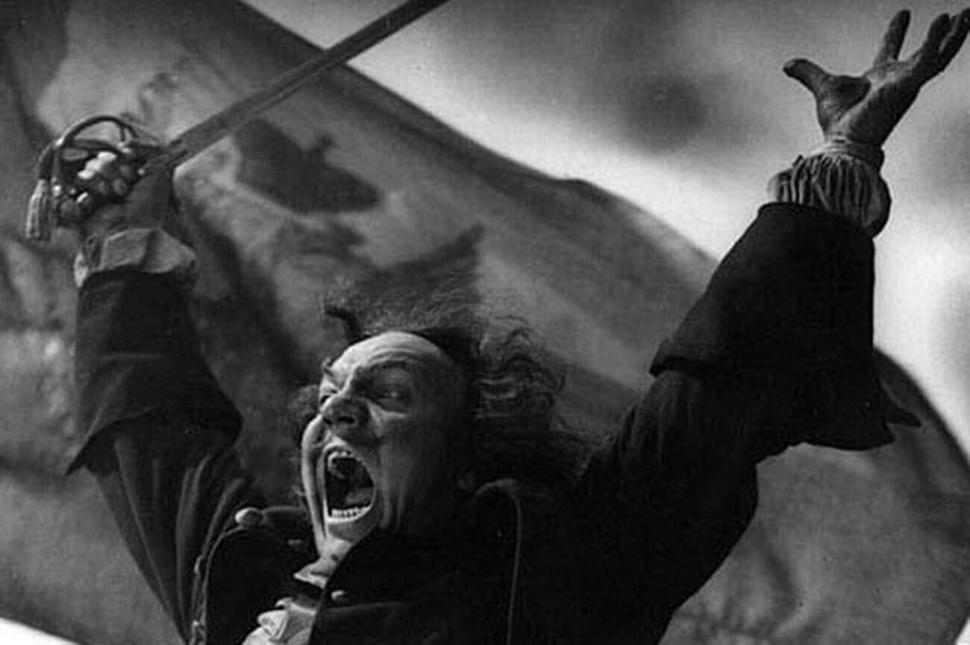
Such a radical ideological shift brought to the forefront the "old school" historians, in whose writings the "sound of the fanfare of state" began to be heard again. In 1939, Yuri Gautier, whose diaries of the Civil War period are full of furious hatred of Bolshevism and zoological anti-Semitism [11], was elected an academician. At the same time, the Higher Party School republished a course of lectures on Russian history by Academician Platonov, who did not hide his monarchist beliefs and who had died in exile six years earlier.
The new ideological stream found its expression in the appearance of many novels, plays and films that glorified the princes, tsars and military commanders of pre-revolutionary Russia. At the same time, those artistic works that contradicted the new interpretation of Russian history were reviled. A vicious propaganda campaign was launched against the comic opera "Bogatyrs" staged by the Chamber Theatre. After the performance was attended by Molotov, it was immediately banned, and “Pravda” published an article by the chairman of the Committee on the Arts, Kerzhentsev, who criticized the theatre and the author of the opera libretto Demian Bedny for "spitting on the people's past", "distortion of history" and "falsity in its political tendencies" [610].
Narrating such events in his book “The Taming of the Arts”, Yuri Yelagin emphasized that the turn on the "ideological front"
"[w]as very sharp indeed, and it was not easy for those who had been brought up on the old classical principles of international communism to fit in. The new, moreover, was sometimes diametrically opposite to the old. It was nationalism, the rehabilitation of much, if not all, of the historical past of the people, the establishment of a frank spirit of dictatorship... It required considerable dexterity to squeeze these new attitudes into Marxist and Leninist concepts. They were shredded, perverted, turned inside out, but still squeezed in." [13]
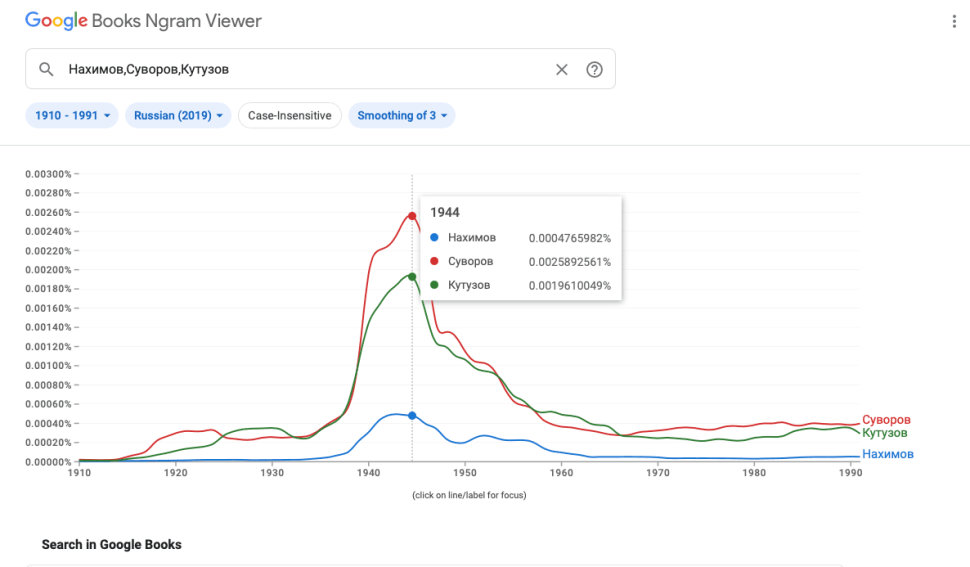
Changes in ideological life, expressed in the supplanting of class and internationalist principles by national-state criteria, found complex refraction in public psychology and the mass mindset. The defeats of the Western revolutionary movement, falsely explained by the insufficiently revolutionary character of the European proletariat, the declaration of many foreign communists as spies, the discrediting of the Bolshevik Party's past through judicial forgery and slanderous accusations against its former recognized leaders — all of this, tied together in a tight knot, created a spiritual vacuum, which was gradually filling up with the new ideological stereotypes. The internal logic of this process and its reflection in the minds of Stalinist-minded youth is expressively portrayed in Lev Kopelev's memoirs.
"Millions of workers followed Hitler and Mussolini. The English, French, and American Communists, although their parties were quite legal, led neither workers nor peasants, even in the years of the most severe world crisis. And at the same time, we were assured that almost all the foreign parties were infested with spies...
Our leaders and mentors, ardent orators, talented writers, and official legal reports (they were still above suspicion) proved to us that the old Bolsheviks, former friends of the great Lenin, had become traitors, inspirers, and participants in heinous atrocities due to power-lust or out of self-interest. Yet they had once been revolutionaries, creating the Soviet state...
What could we do to counter this? How to reinforce the shaken ideals of yesterday? We were offered the ideals of the day before yesterday—the Motherland and the Nation.
And we gratefully accepted the renewed ideals of patriotism. But along with them we also accepted the old and new idols of imperial greatness, we confessed the monstrous cult of the infallible leader (instead of "the Anointed One") with all its barbaric, Byzantine and Asiatic rituals, and we blindly trusted his henchmen." [14]
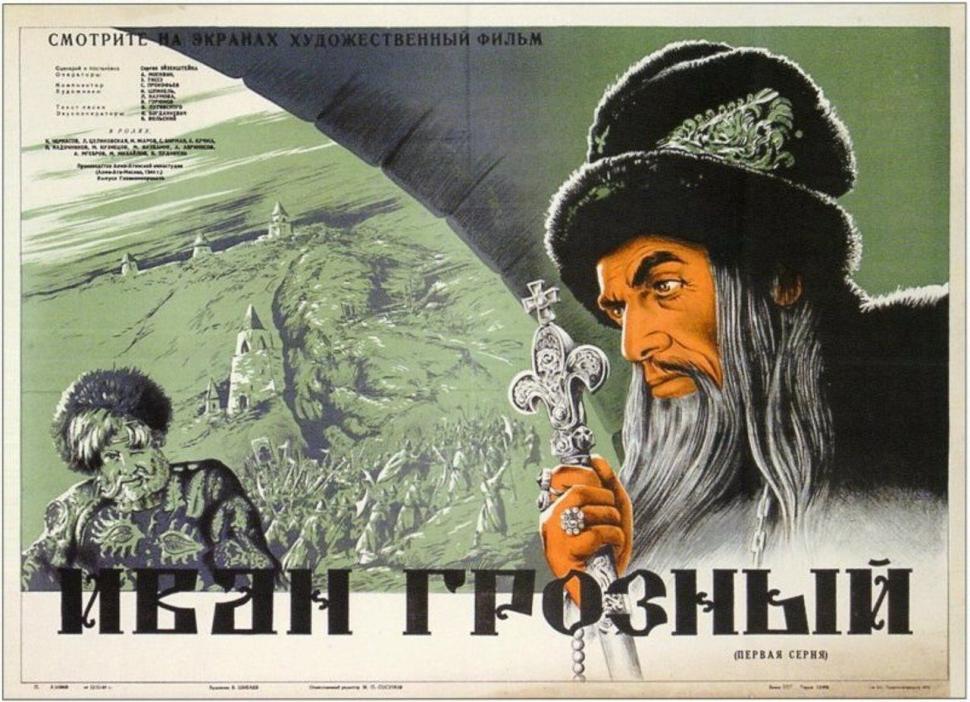
The political logic of this turn, which became an organic part of the "Stalinist neo-NEP", was sensitively grasped by the most reactionary part of the Russian emigration. If in the early years of Soviet power, they called the October Revolution a "Jewish coven" and even referred to the Provisional Government with hatred as a "cadet-socialist flubdub", in the mid-1930s they wrote with satisfaction about the end of the "great Russian turmoil" and the consolidation of national statehood.
Vasily Shulgin, a well-known Russian monarchist and far-right activist, was the first to point out the possibility of an imperial and great-power rebirth of the October Revolution. In his book "1920", republished in USSR, he wrote about the possibility of such an evolution of Bolshevism, which would put forward from its ranks "the autocrat of All-Russia", capable of restoring the borders of the Russian power "to its natural limits". Such an autocrat, as Shulgin emphasized, would not be Lenin or Trotsky, who "cannot give up on socialism" and would "carry this baggage on their backs to the end", but "someone who will take from them... their determination to make incredible decisions on their own responsibility... But he will not take from them their baggage. He will be truly red in willpower and truly white in the tasks he pursues. He will be a Bolshevik in energy and a nationalist in conviction." [15].
Following an illegal visit to the Soviet Union in 1926, Shulgin published a new book, "Three Capitals: A Journey to Red Russia," in which he repeated his prediction. "We drank and sang too much," he wrote, "We were thrown out by the Russian people. They threw us out and chose other rulers, this time "from the Jews". The latter, of course, will soon be liquidated. But not sooner than a team, which has undergone harsh schooling, arises from beneath Jews" [16].
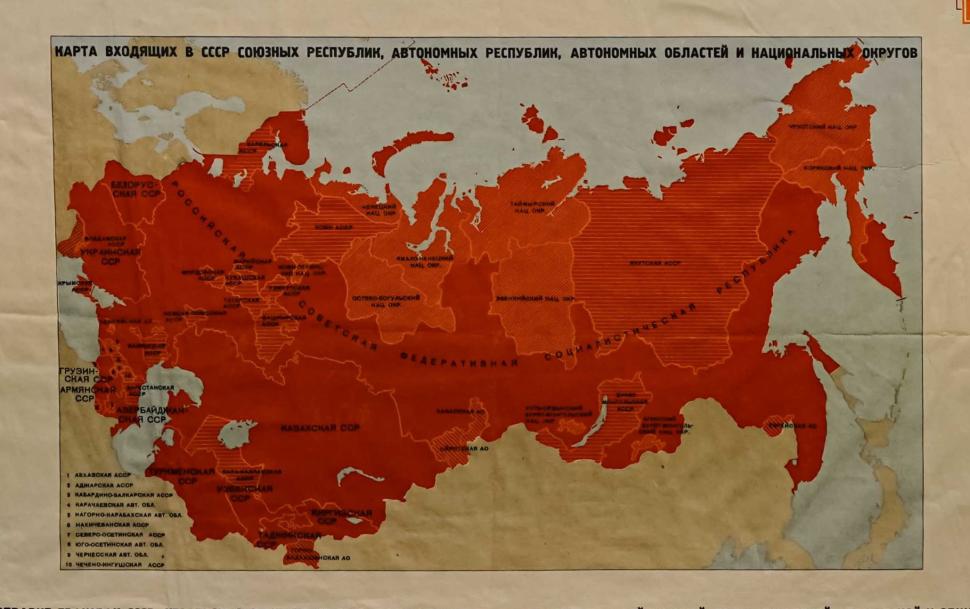
After World War II, Shulgin considered his predictions fulfilled. Having found himself in Yugoslavia at the end of the war, he came to the Soviet military mission and declared his desire to return to the Soviet Union, even if he was arrested there. Leopold Trepper, who met Shulgin in the Lubyanka prison, recalled that interrogations of him turned into lectures on Russian history in a hall packed with NKVD officers. In conversations with his cellmates, Shulgin "often spoke about his favorite subject, the greatness of Russia:
"Under Stalin's leadership, our country became a world empire. He is the one who achieved the goal that generations of Russians have been striving for. Communism will disappear like a wart, but the empire—it will remain! It's a pity that Stalin is not a real Tsar: he has all the qualities for this! You, communists, don't know the Russian soul. Our people have an almost religious need to be guided by a father whom they can trust." [17].
Shulgin was released early in 1956, whereupon his articles began to appear in the Soviet press. In 1961, he was even invited as a guest of honor to the XXII Congress of the CPSU. Equally interesting is the fact that Khrushchev at a meeting with Soviet intellectuals in 1963, blaming some of them for the lack of patriotism, did not fail to state that, although "a leader of monarchists”, Shulgin was “nevertheless a patriot." [18].
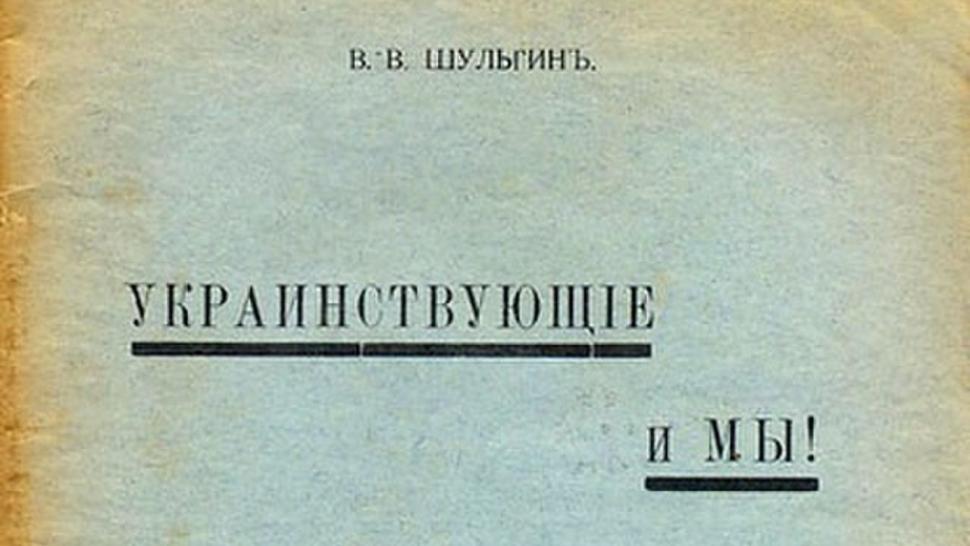
In the 1920s, Shulgin's predictions did not attract the same attention from the Bolsheviks as, for example, the more cautious prediction made by Nikolai Ustryalov, the leader of the liberal-Cadet movement known as the "Smenovekhovtsy'', who claimed that the evolution of Bolshevism would lead "to an ordinary bourgeois state". At the XI Congress of the RCP(b) Lenin emphasized:
"Ustryalov's prediction contains the 'class truth', crudely, openly expressed by the class enemy... Such things that Ustryalov speaks of are possible, it must be said frankly... The enemy speaks the class truth, pointing out the danger we are facing. The enemy is striving for this to become inevitable." [19]
The "class truth" was also contained in Shulgin's prediction, who pointed out the possibility of the evolution of the Soviet regime towards a leadership cult with a "truly Russian" specificity. This "class truth" turned out to be required by Stalinism and being realized to a certain extent, became one of the components of the tragic destruction of socialist power in the USSR.
Certainly, this prediction did not materialize to the extent that Shulgin himself had imagined. As a result of the economic and social transformations carried out through the Bolshevik nationalities policy, the Soviet Union lost the features of a colonial empire inherent in Tsarist Russia. The formerly backward national peripheries advanced along the path of economic and cultural progress at a pace still unattainable for semi-colonial and dependent countries.
Evaluating the nature of national relations in the USSR, Trotsky emphasized that it is not about the oppression of one nationality over another, but about "the oppression of the centralized police apparatus over the cultural development of all nations, starting with the Russian one, which suffers from the guardhouse regime no less than others" [20].

This bureaucratic-totalitarian oppression derived directly from Stalin's attitude to the people, which, as Georgy Fedotov rightly observed, resembled that of an autocratic tsar:
“The female collective farmers crying with delight after visiting Stalin himself in the Kremlin echo the motif of peasant adoration of the tsar. Stalin is the "red tsar" in a way that Lenin was not. His regime well deserves to be called a monarchy, even if this monarchy was not hereditary and has not yet found a suitable title." [21]
Naturally, Stalin never once publicly said anything that would suggest such a parallel. He shared his true thoughts about the relationship between the "leader" and the people only in his inner circle. In her diary entries dating back to 1935, Maria Svanidze (wife of Alexander Svanidze, Stalin's brother-in-law by his first marriage) reproduces Stalin's words about the ovations he received: "The people need a tsar, i.e., a man whom they can worship and in whose name they live and work." Sometime later, Stalin "again expressed the idea of people's psychic fetishism, a desire to have a tsar" [22]. Close to this testimony is the one given by Khrushchev, who recalled: "Stalin said that the people are dung, a shapeless mass that follows the strong" [23].
On November 7, 1937, at a dinner at Voroshilov's house, Stalin made it clear that he viewed his policy as a continuation of the imperial policy of the Russian tsars. As recorded in the diary of one of those present, Stalin said:
"The Russian tsars did one good thing: they put together a huge state, as far as Kamchatka. We have inherited this state... Therefore, everyone... who seeks to detach from it a separate part or a nationality, is an enemy, a sworn enemy of the state, of the peoples of the USSR. And we will exterminate every such enemy, even if he is an old Bolshevik, we will exterminate his entire clan, his family." [24]
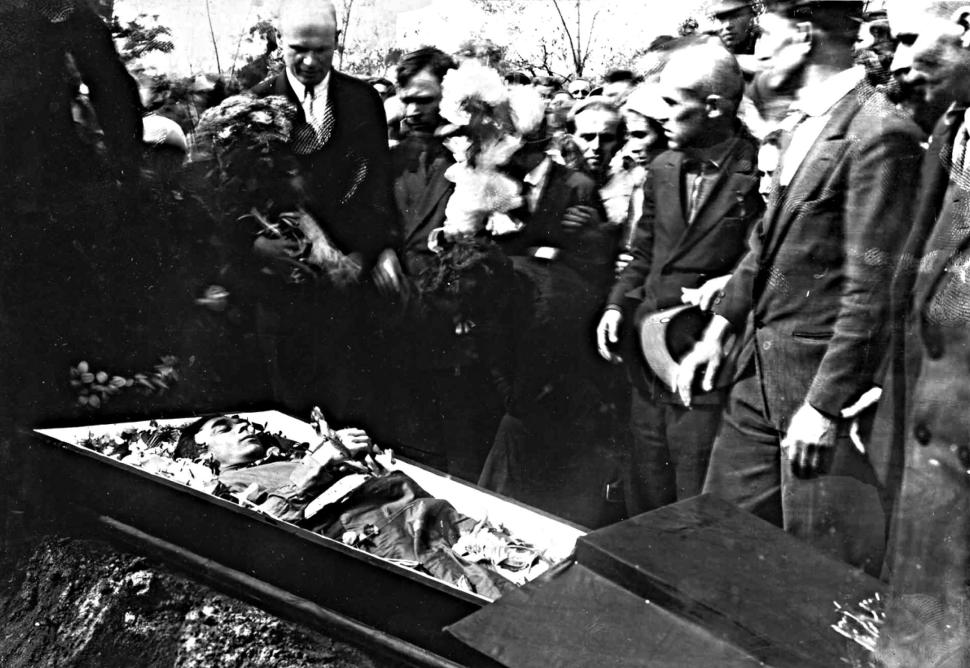
Guided by this brutal approach, Stalin exterminated the party-state leadership and a significant part of the intelligentsia of all the Union and Autonomous Republics — on suspicion of trying to realize the right, written into the 1936 Constitution, of secession of these national entities forming the USSR or of seeking to enhance their independence from the latter. These massacres, which reached their high point during the years of the Great Terror, had become widespread already in the first half of the 1930s.
References
[1] Сталин И. В. Соч. Т. 13. С. 38—39.
[2] Правда. 1936. 27 января.
[3] Кентавр. 1991. № 10—12. С. 132.
[4] Сталин И. В. О Великой Отечественной войне Советского Союза. М., 1947. С. 196.
[5] Правда. 1932. 12 апреля.
[6] Ларина А. М. Незабываемое. С. 32.
[7] Отечественная история. 1992. №2. С. 128.
[8] Троцкий Л. Д. Сталин. Т. II. С. 272.
[9] Симонов К. Глазами человека моего поколения. М., 1989. С. 180.
[10] Федотов Г. П. Судьба и грехи России. Т. II. С. 99—100.
[11] Готье Ю. В. Мои заметки // Вопросы истории. 1991. № 6—12; 1992. № 1—5, 11—12; 1993. № 1—5.
[12] Керженцев П. Н. Фальсификация народного прошлого // Правда. 1936. 15 ноября.
[13] Огонек. 1990. № 42. С. 17.
[14] Копелев Л. И сотворил себе кумира. С. 145—146-
[15] Шульгин В. 1920 год. Л., 1926. С. 199.
[16] Шульгин В. Три столицы. Путешествие в Красную Россию. Берлин, 1927. С. 137.
[17] Треппер Л. Большая игра. С. 331—332.
[18] Солженицын А. Бодался теленок с дубом // Новый мир. 1991. № 6. С. 53.
[19] Ленин В. И. Полн. собр. соч. Т. 45. С. 93—94.
[20] Троцкий Л. Д. Преданная революция. С. 147.
[21] Федотов Г. П. Судьба и грехи России. Т. II. С. 91.
[22] Источник. 1993. № 1. С. 19, 20.
[23] Вопросы истории. 1991. № 12. С. 63.
[24] Союз. 1990. № 41. С. 12.